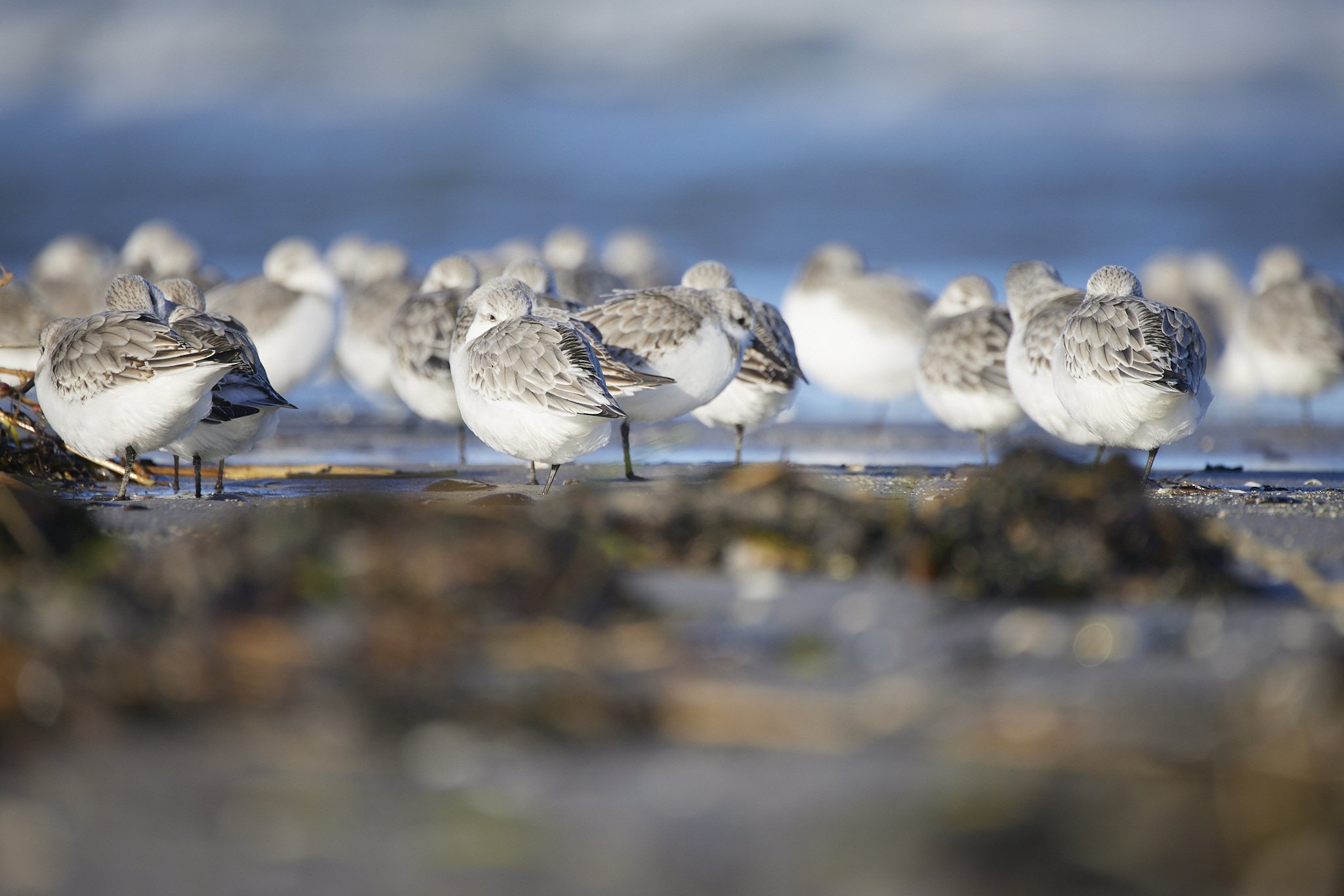January 2022 had it all, although it is long gone now. A new hope and a return to an old love. The beautiful Baltic Sea. A long weekend that felt like a full-on holiday brought me to the Darss peninsula in eastern Germany. A place that is as famous for its long sandy shorelines, dramatic dunes and pine forests, abundance of birds and other wildlife and its solitude in winter, as it is for overtourism in summer. It is just a good place to be.
A walk down the shore
The Darss peninsula is a really young landscape - in geological terms: Dating back only 12,000 years to the Weichselian glaciation. Originally an island, about 1,500 years ago the growing spits attached it to the land. By the end of the 14th century it finally became a peninsula. Both the Weststrand and the Nordstrand are famous for its long beachlines and large sanddunes with dramatic woods, reed beds and marshes. The area is of international importance as rest area for migrating birds and as wintering grounds especially for arctic seabirds. Maybe even more famous are the large herds of Red deer and Wild boar in the region. And of course, it’s beautiful there.
A feast for Crows Ravens
One long walk along the western shores revealed two Common ravens scavenging on a carcass. Given their behaviour and the time of year, they seemed to be a breeding pair.
Over a period of over an hour at least one Raven, oftentimes both, worked the cadaver with astounding stamina. They allowed me quite close - laying flat down in the sand - to take some images. Thank you very much, lovely Ravens, my favorite of all birds.
Thousands and thousands of ducks
Ahead of Nordstrand thousands and thousands of ducks were bobbing up and down. Way to far for a photography, but not too far to be watched through the spotting scope. One moment, when a lifeboat left the harbor to go on a routine ride, all of it (or at least it felt like that) went up in the air at once and left me open mouthed. So many ducks: Common eiders, Common scoters, Velvet scoters, Long-tailed ducks, Northern pintails and Greater scaups were making up for the lion’s share. A Northern gannet flew by.
Adorable little Sanderlings (Calidris alba)
The shoreline had its bird-stars, too. A flock of ever so active Sanderlings went in and out, hither and tither with the incoming waves. Again, I found myself flat down in the sands. A young Black-headed gull posed beautifully in the waves. I only missed out on the Snow buntings in my back that were busy searching the wash margins for food and chose to concentrate on the more beautiful background that the sea provided.
A long craved boar pic
I am a firm believer that Wild boar are a shamefully overlooked species, when it comes to nature photography. In an Instagram post from 2021, I challenged myself and all fellow nature photographers to take more images of those amazing animals. It was only two months later that I succeeded with some images that I hold very dear. As I do the whole trip and the person, who did it with me.
They were both incredibly close and extremely well camouflaged in the reeds. It was a special moment, being as close to wild animals that are often - and falsely - touted as aggressive and dangerous. Of course, they know how to look after themselves, as Hagrid would put it. But here, they chose the distance, as it should always be with wildlife photography. They roamed the reeds along the footpaths, relying on their incredible camouflage. Focussing was difficult. But you could hear them from time to time, making wonderful swine sounds and then you could see them and all was wonderful.











